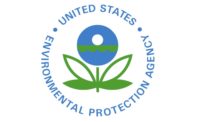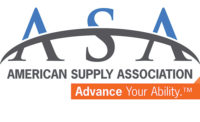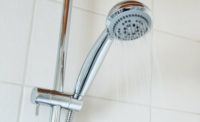I had the opportunity to attend an informative conference in Baltimore, Maryland covering Legionella in building water systems. The conference was co-sponsored by NSF International and the National Science Foundation. The two organizations brought together a highly qualified group of scientists, engineers, healthcare professionals and public health professionals from across the country to discuss the issue of Legionella in our building water systems.
Before I discuss what I took away from the conference, I thought I would provide a quote from Chris Soderholm of rep firm and ASA member Soderholm & Associates, who also attended the conference.
Soderholm has captured in his quote what I believe to be the critical takeaway from the conference and has raised, in my opinion, an interesting and exciting challenge for our industry:
“This conference left us with a perplexing awareness of this prolific, complex problem and what it means to the P&H community. Our industry is about to experience wide new challenges and opportunities as the consequences of Legionella in building plumbing and mechanical systems are quickly developing as a major public health issue. There are no easy answers, but the knowledge within our industry, along with the products and systems we all design distribute and support are critical elements of the solution.”
Over the three days of presentations and discussions I walked away with three key and very important points: 1) Legionellosis and the overall quality of our building water systems is a significant public health concern;
2) As our SYSTEMS become more complex and efficient the potential risk increases; and 3) ASA members need to be aware of the problem and be part of the solution.
We first heard of Legionella back in 1976 when the American Legion opened its annual three-day convention at the Bellevue-Stratford Hotel in Philadelphia. More than 2,000 Legionnaires attended the conference and following the conference there were 149 attendees who became sick and 33 other persons associated with the hotel or in the area who also became sick. Of these total of 182 cases, 29 persons died. Almost a year later, the Legionella bacterium was finally identified and isolated and was found to be breeding in the cooling tower of the hotel’s air conditioning system.
During the conference, several speakers revealed an increase of reported cases of Legionellosis over the last 10 years and some noted the potential connection of the increased number of cases to increased efforts to reduce water use and increase energy efficiency in buildings. Jane Strout, PhD, president and director of Special Pathogens Laboratory, and research associate professor at the University of Pittsburgh Swanson School of Engineering in the Department of Civil and Environmental Engineering, noted there are about 30,000 cases reported per year and that recent studies have shown that 47% of cases are misdiagnosed and not reported. A 2016 CDC Report showed that Legionella in hospitals accounted for 57% of the cases and the hospital cases represented 85% of the deaths. The CDC reported in its 2013-14 Morbidity and Mortality Report (MMR) that there were 42 outbreaks, 1,006 cases, 124 hospitalizations and 13 deaths directly related to Legionellosis. In addition, it was noted there has been a 300% increase in reported cases since 2014.
Continue reading about how ASA is focusing on this issue.







